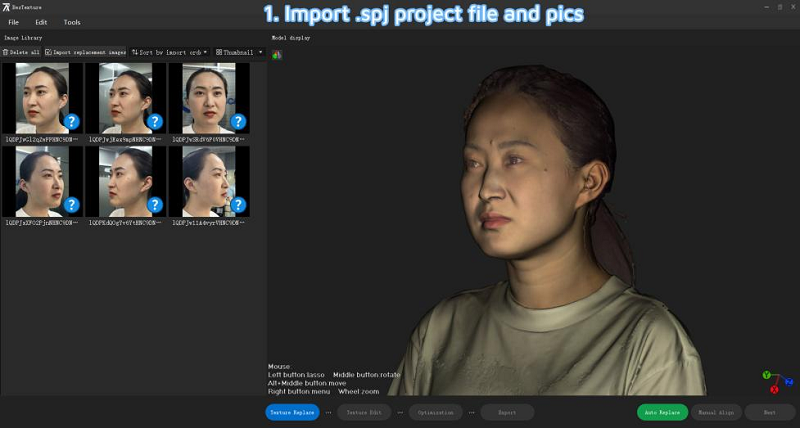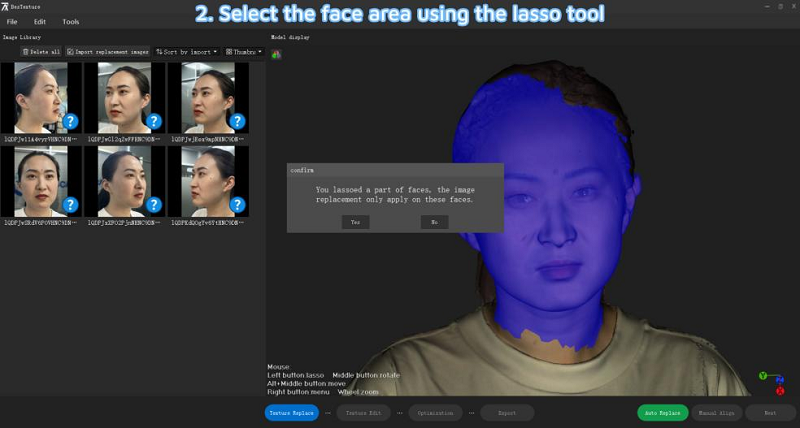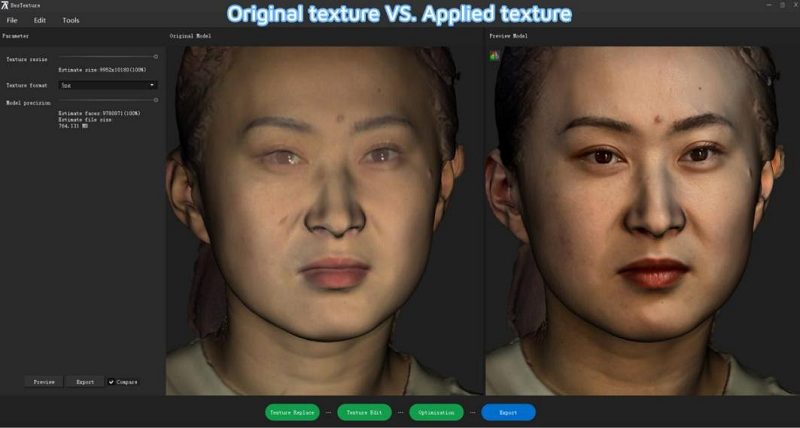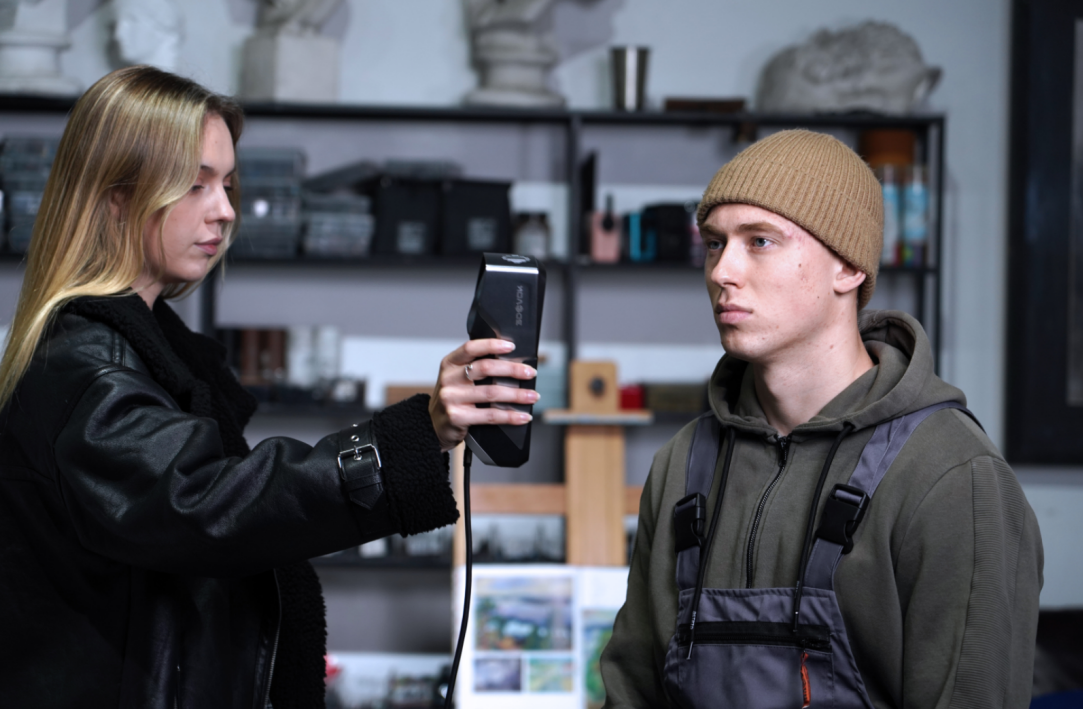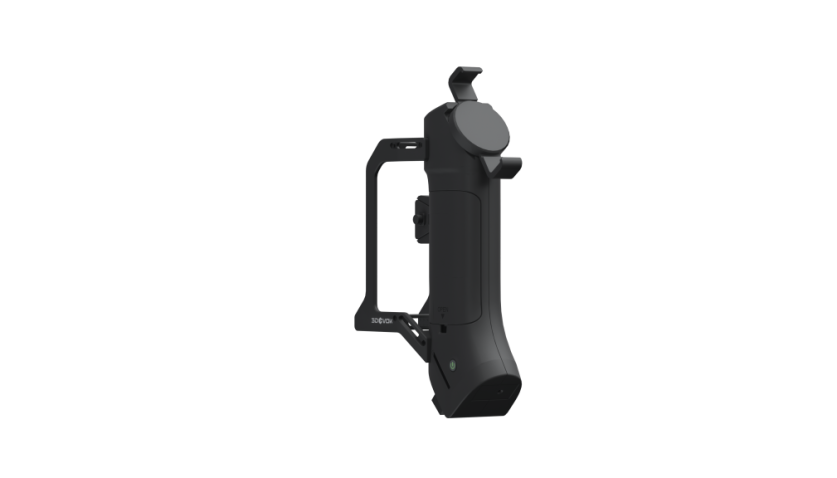Leading 3D Face Scanners of 2025
03/09/25
The need for precise computer depictions of the human body is increasing dramatically as 2025 approaches. With its accurate imaging capabilities that serve a range of applications, the 3D human body scanner has become a potent instrument in this industry. This article examines the top 3D face scanners on the market this year, emphasizing their features, advantages, and revolutionary effects on industries including fashion, entertainment, and healthcare.
Value of 3D Face Scanning
In recent years, the integration of advanced 3D scanning technology has revolutionized multiple industries, particularly in plastic surgery and healthcare. Before undergoing plastic surgery, doctors can now utilize 3D models to demonstrate the anticipated results of their procedures, allowing patients to clearly visualize the transformation from their current state to the expected post-surgery outcome. This technology not only aligns patients’ expectations more closely with reality but also significantly improves satisfaction after the procedure. Accurate pre-surgery analysis and detailed post-surgery comparisons enhance the quality of communication between doctors and patients, fostering a more collaborative and informed decision-making process.
The process begins with a 3D scan of the patient’s face to capture precise facial data. By taking multi-angle photographs, the Texture Replacement Plugin combines these photos with the scanned data to create a highly realistic 3D facial model. This detailed and accurate representation is crucial for both the patient and the surgeon, ensuring that the patient has a clear understanding of the potential outcomes and the surgeon can meticulously plan the procedure.
The value of 3D face scanning extends far beyond plastic surgery. A 3D facial scan is necessary to create complex digital human models, capturing individual facial textures and features to enable extremely accurate digital replicas. From making realistic video game avatars to enhancing facial recognition systems in security settings, 3D face scans can be applied to a variety of tasks. By employing advanced scanning techniques, businesses can ensure that every detail, including skin tone and minor facial features, is accurately reproduced.
In the fashion industry, 3D face scans are instrumental in creating custom-fit clothing and accessories. This level of personalization not only enhances customer satisfaction but can also significantly boost sales. Furthermore, in the healthcare sector, precise facial scans are indispensable. They provide critical three-dimensional data for designing and manufacturing facial prosthetics, such as artificial eyes, nose prostheses, and other medical devices. These accurate digital representations are an essential component in planning facial reconstructive surgeries. By obtaining an accurate digital model of the patient’s face, physicians can more precisely assess injuries or defects and design personalized reconstruction plans, thereby improving the fit and final outcome of both prosthetics and surgical procedures. These accurate digital representations allow medical professionals to visualize their work with unparalleled detail, improving outcomes for patients.
Pioneering Tools: 3DeVOK MT and MQ
While the market features many advanced scanners, let’s highlight a class of pioneering tools in the broader 3D scanning field that often incorporates principles applicable to facial scanning. The 3DeVOK MT professional 3D scanner and 3DeVOK MQ color 3D scanner both featuring an advanced Infrared Speckle with Double FoV pattern projection mode. These scanners are specifically engineered for capturing complex geometries, including full human portraits, body parts, and medium-to-large-sized objects (dimensions of 30 cm and above). A key capability is their support for both localized high-precision scanning and ultra-large-area rapid scanning. With a maximum scanning field of view reaching 1,100 mm x 1,000 mm, they truly enable efficient data acquisition and user-friendly operation.
The landscape of 3D face scanning in 2025 is characterized by remarkable precision, speed, and accessibility. The leading scanners, whether based on structured light, or photometric methods, are pushing the boundaries of what’s possible in digital human representation. Their ability to capture the nuanced geometry and texture of the human face is proving transformative, driving innovation and efficiency across diverse industries. As these technologies continue to evolve, we can expect even greater integration of realistic digital humans into our daily lives, from personalized virtual experiences to enhanced medical care, solidifying the 3D face scanner as an indispensable tool for the future.
Related Articles
View Our Product


